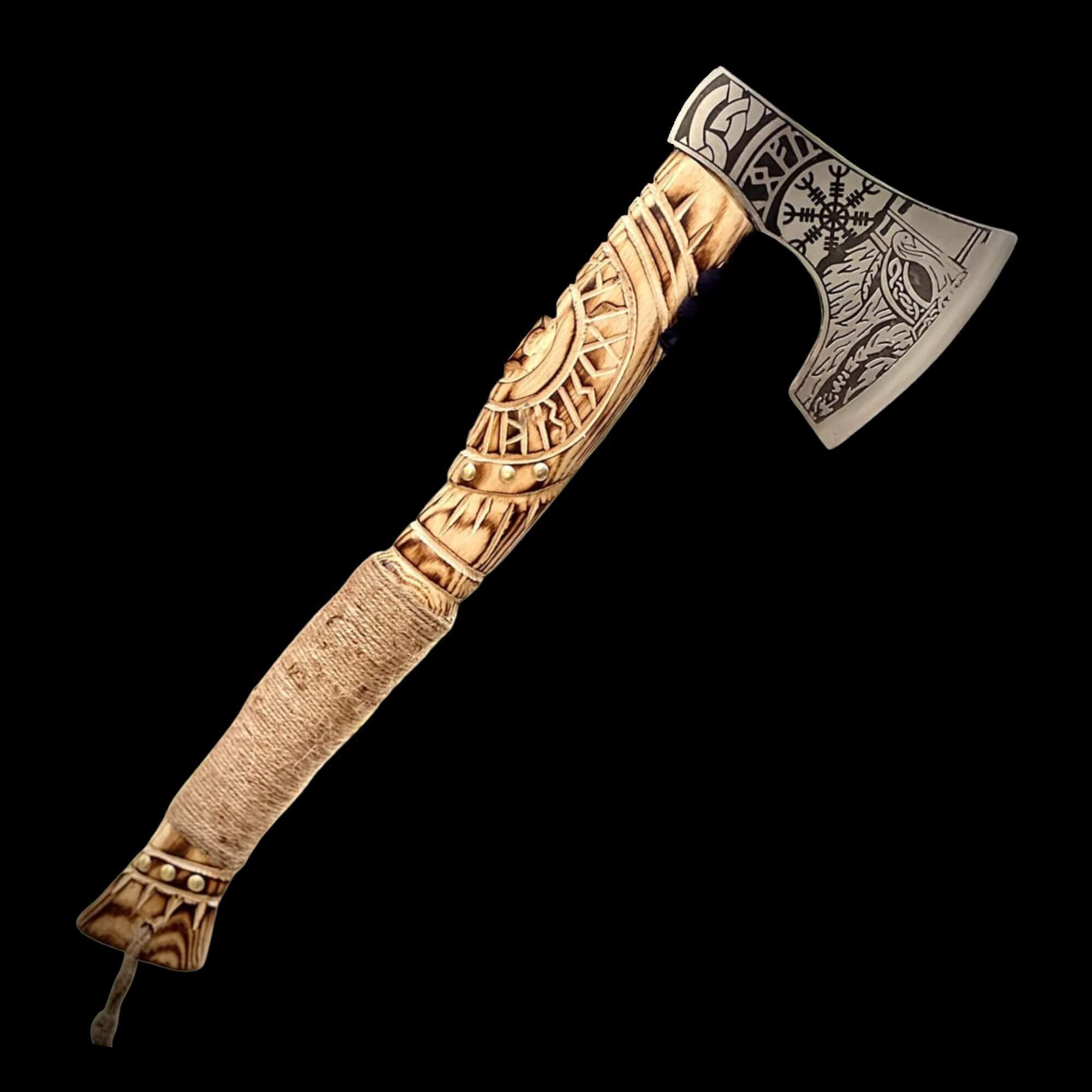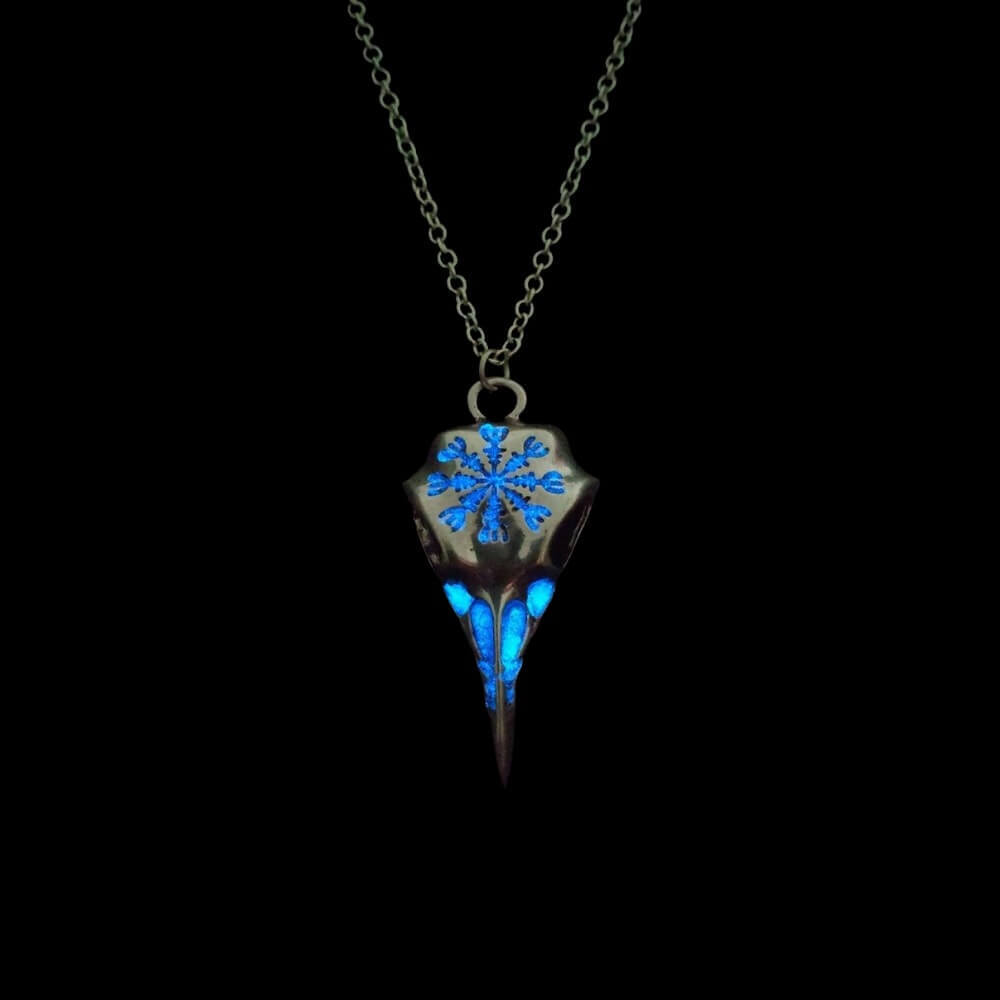
Shipbuilding: Unveiling the Secrets of Viking Longships and Their Maritime Mastery
Few creations have shaped history as profoundly as the Viking longship , a vessel synonymous with adventure, conquest, and mastery of the seas. These iconic ships enabled Vikings to traverse vast distances, from the icy fjords of Scandinavia to the distant shores of North America, the Mediterranean, and beyond. The secret to their success lay in meticulous craftsmanship, innovative design, and an unparalleled understanding of maritime needs. Let’s delve into how these legendary ships were built and why they remain a symbol of Viking ingenuity.
Masters of Wooden Craftsmanship: Building with Nature’s Gifts
At the heart of every Viking longship was the deep respect Norse craftsmen had for wood—a material abundant in their homeland. Different types of timber were carefully selected based on their unique properties:
- Oak : Used for the keel (the ship’s backbone) and ribs, oak provided strength and durability to withstand harsh conditions.
- Pine or Larch : Chosen for planking due to its lighter weight, which contributed to speed and buoyancy.
This combination of materials ensured the perfect balance between sturdiness and agility, allowing longships to navigate both open oceans and shallow rivers. The Vikings’ ability to work with nature—bending wood using steam and fire—was a testament to their resourcefulness and skill.
The Clinker-Building Technique: Flexibility Meets Strength
One of the defining features of Viking longships was the clinker-building technique , also known as lapstrake construction. This method involved overlapping thin wooden planks, secured together with iron rivets or nails. Each plank was slightly curved to fit seamlessly into the next, creating a smooth yet flexible hull.
The benefits of this approach were manifold:
- Flexibility : The overlapping planks allowed the ship to flex slightly with the movement of waves, reducing stress on the structure during turbulent voyages.
- Lightweight Construction : By using thinner planks, the overall weight of the ship was minimized without compromising strength.
- Hydrodynamics : The sleek, streamlined shape reduced drag, enabling longships to cut through water with remarkable efficiency.
This innovative technique gave Viking longships their unmatched seaworthiness, making them capable of enduring the roughest seas while maintaining impressive speeds.
Innovative Design for Every Purpose
Viking longships were far from one-dimensional; their designs varied depending on intended use. Some notable variations include:
- Skeiðr (Warships) : Large warships designed for speed and intimidation, often adorned with dragon-head carvings at the prow. Measuring up to 75 feet, these ships could carry dozens of warriors and were ideal for swift raids.
- Knörr (Cargo Ships) : Broader and deeper than warships, knörrs prioritized cargo capacity over speed. They were essential for trade expeditions and transporting goods across long distances.
- Karvi : Smaller, versatile vessels ranging from 45 to 60 feet, used for exploration, fishing, or local transport.
Each type of ship showcased the Vikings’ adaptability, ensuring they had the right tool for every task, whether raiding monasteries, trading goods, or exploring uncharted territories.
The Dragon Heads: Symbols of Power and Protection
Perhaps the most iconic feature of Viking longships was the dragon head carved into the prow. These fearsome figures served multiple purposes:
- Intimidation : During raids, dragon heads struck terror into coastal settlements, signaling the arrival of Viking forces.
- Spiritual Protection : Many believed the carvings warded off sea monsters and evil spirits, safeguarding sailors during perilous journeys.
- Cultural Identity : Beyond functionality, dragon heads embodied Viking pride and artistic expression, showcasing their connection to mythology and storytelling.
While historians debate the exact role of these carvings, there’s no denying their impact as symbols of Viking ambition and craftsmanship.
Navigating the Seas: Skill and Strategy
Building a longship was only half the equation—the other half was mastering its operation. Viking sailors relied on a combination of tools and instincts to navigate vast waters:
- Celestial Navigation : Using the sun, moon, and stars as guides, Vikings plotted courses with astonishing accuracy.
- Landmarks and Currents : Familiarity with coastlines, tides, and ocean currents allowed them to make precise adjustments mid-voyage.
- Square Sails and Oars : Equipped with a single mast and square sail, longships harnessed wind power efficiently. When winds failed, rowers propelled the ship forward, ensuring consistent progress.
This blend of technical expertise and seamanship made Viking explorations possible, cementing their reputation as master navigators.
Legacy of Viking Longships: Inspiration Across Centuries
The influence of Viking longships extends far beyond the Viking Age. Their innovative design inspired shipbuilders for centuries, shaping naval architecture in medieval Europe and beyond. Even today, modern replicas like the Draken Harald Hårfagre demonstrate the enduring appeal of Viking shipbuilding traditions.
For maritime enthusiasts, historians, and adventurers alike, Viking longships represent more than just vessels—they embody the spirit of exploration, innovation, and resilience. From their clinker-built hulls to their dragon-headed prows, these ships continue to captivate imaginations and remind us of humanity’s timeless quest to conquer the unknown.
Viking longships were not merely tools of conquest or trade—they were testaments to human creativity and determination. Through their groundbreaking construction techniques, versatile designs, and cultural significance, these ships left an indelible mark on history.
As we reflect on the secrets behind Viking shipbuilding, we honor the legacy of those who dared to venture beyond the horizon. Their achievements remind us that even in the face of uncertainty, innovation and courage can lead to extraordinary discoveries. The Viking longship stands as a timeless symbol of what is possible when craftsmanship meets vision.




